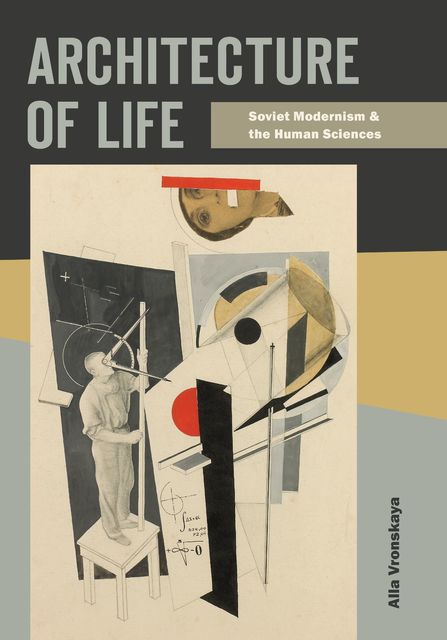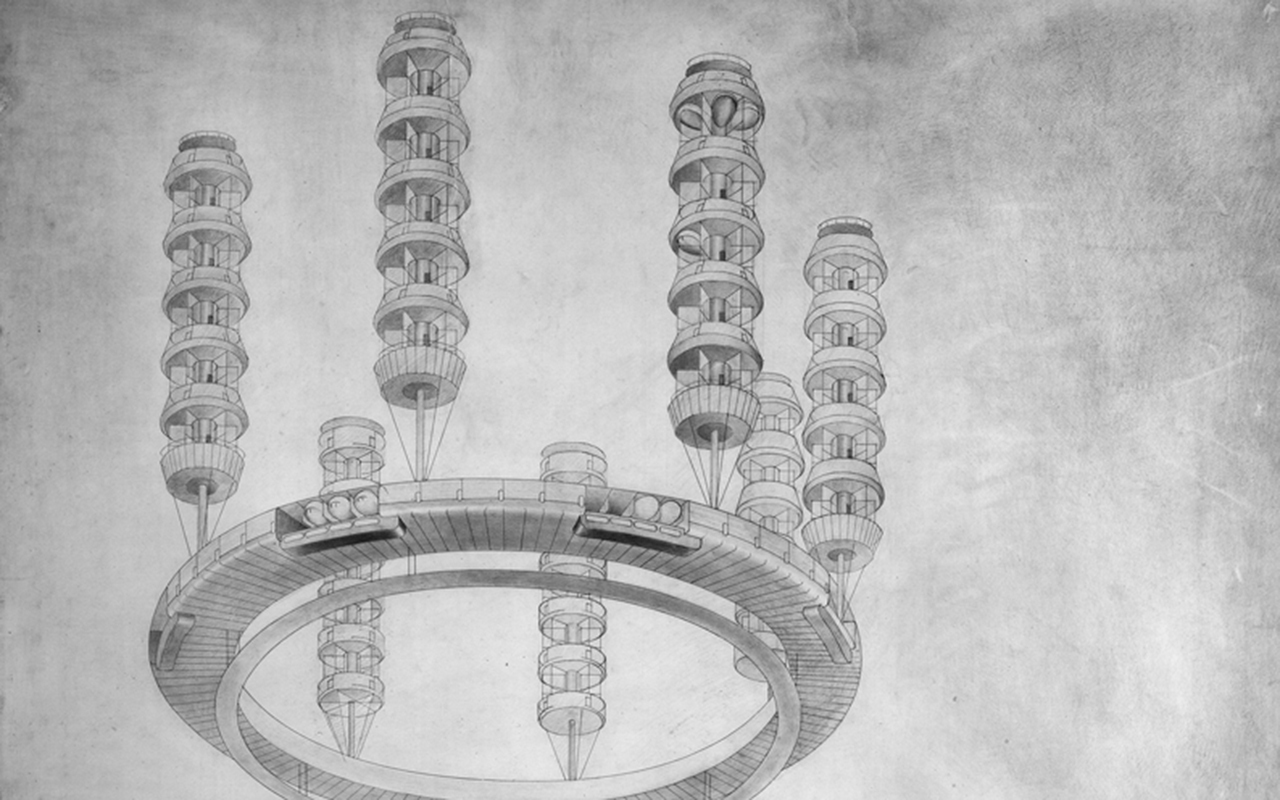Architecture of Life
Soviet Modernism and the Human Sciences
During the 1920s and 1930s, proponents of Soviet architecture looked to various principles within the human sciences in their efforts to formulate a methodological and theoretical basis for their modernist project. Architecture of Life delves into the foundations of this transdisciplinary and transnational endeavor, analyzing many facets of their radical approach and situating it within the context of other modernist movements that were developing concurrently across the globe.
Examining the theories advanced by El Lissitzky, Moisei Ginzburg, and Nikolay Ladovsky, as well as those of their lesser-known colleagues, this illuminating study demonstrates how Soviet architects of the interwar period sought to mitigate Fordist production methods with other, ostensibly more human-oriented approaches that drew on the biological and psychological sciences.

Background image: Georgy Krutikov, “The Labor Commune,” part of “The City of the Future,” VKhUTEIN diploma project (1929). Courtesy of the A. V. Shchusev State Museum of Architecture, Moscow (PIa 11116/1).

Table of Contents
Metadata
- rightsThe University of Minnesota Press gratefully acknowledges financial support for the publication of this book from the University of Kassel: Papers of the Department of Architecture, Urban Planning, and Landscape Architecture of the University of Kassel, No. 5.
Chapter 1 was previously published in a different version as “Composing Form, Constructing the Unconscious: Empiriocriticism and Nikolai Ladovskii’s ‘Psychoanalytical Method’ of Architecture at VKhUTEMAS,” in Architecture and the Unconscious, ed. John Hendrix and Lorens Holm (London: Ashgate, 2016), 77–96; reprinted with permission of INFORMA UK LIMITED (Taylor and Francis) through PLSClear. Portions of chapter 5 were previously published in Narkomfin, ed. Wilfied Wang and Danilo Udovicki-Selb, O’Neil Ford Monograph Series 6 (Austin: University of Texas at Austin, 2015), 97–102.
Copyright 2022 by the Regents of the University of Minnesota
Architecture of Life: Soviet Modernism and the Human Sciences is licensed under a Creative Commons Attribution-NonCommercial-NoDerivatives 4.0 International License (CC BY-NC-ND 4.0): https://creativecommons.org/licenses/by-nc-nd/4.0/.
- isbn978-1-4529-7402-6
- publisherUniversity of Minnesota Press
- publisher placeMinneapolis, MN
- restrictionsPlease see the Creative Commons website for details about the restrictions associated with the CC BY-NC-ND 4.0 license.
- rights holderRegents of the University of Minnesota
- doi

